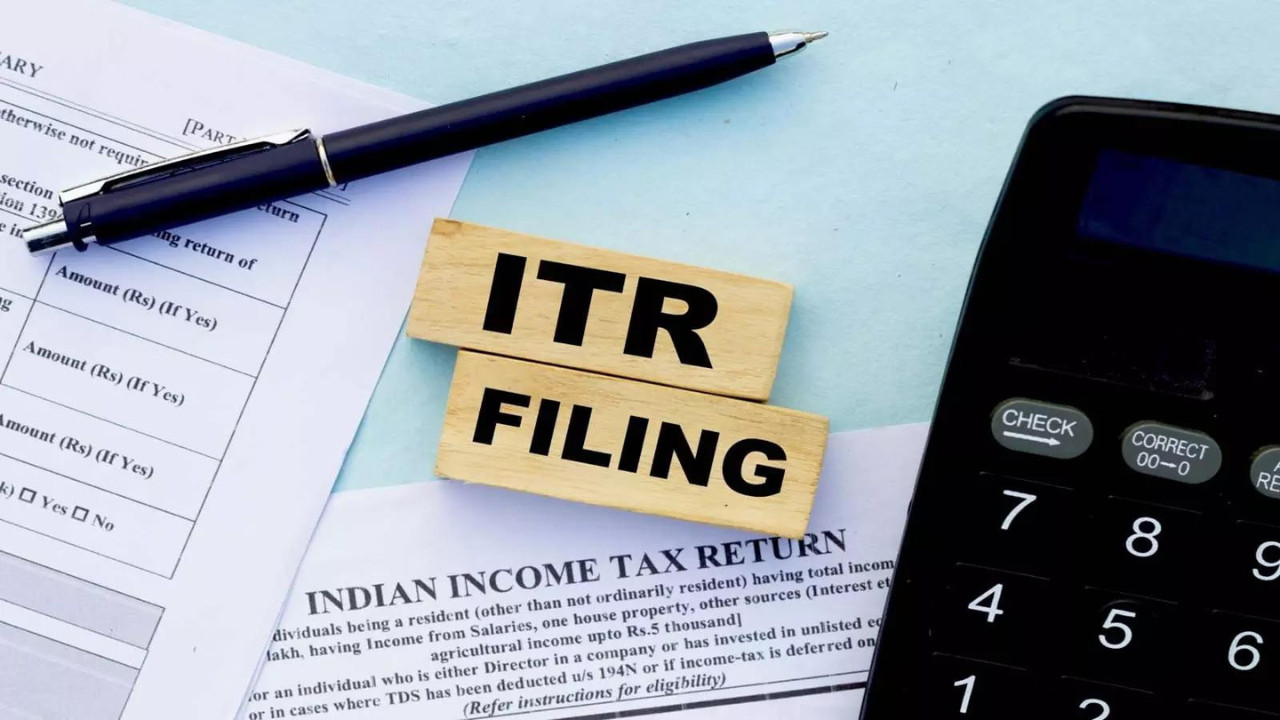India is set to embrace next-gen Wi-Fi as the Centre proposes delicensing a portion of the 6 GHz band for indoor use. This move aims to boost data-heavy applications with Wi-Fi 6E and 7 technologies. While IAFI hails it as visionary, aligning India with global leaders, BIF urges for broader delicensing.
Unleashing the Power of Wi-Fi 6E: India Moves Closer to Delicensing the 6 GHz Band for Indoor Use
The wireless landscape in India is on the cusp of a significant transformation. The Indian government has recently unveiled draft regulations aimed at delicensing the lower segment of the 6 GHz frequency band, specifically for indoor use. This move, once finalized, promises to revolutionize the way we experience Wi-Fi, paving the way for faster speeds, lower latency, and a more robust and reliable internet experience within our homes and offices.
For years, the 6 GHz band (specifically, the portion between 5925-6425 MHz) has been eyed globally as prime real estate for expanding Wi-Fi capabilities. Unlike the increasingly crowded 2.4 GHz and 5 GHz bands, the 6 GHz spectrum offers a vast, uncluttered expanse, ideally suited for supporting the latest generation of Wi-Fi technology: Wi-Fi 6E (and beyond).
Why is this such a big deal?
Imagine a highway with significantly more lanes and far less traffic. That, in essence, is what the 6 GHz band offers. It translates to several key benefits for consumers and businesses alike:
* Faster Speeds: Wi-Fi 6E, leveraging the 6 GHz band, can deliver significantly faster speeds compared to previous Wi-Fi generations. This is crucial for bandwidth-intensive applications such as 4K/8K video streaming, online gaming, and augmented reality (AR) and virtual reality (VR) experiences.
* Reduced Latency: The cleaner spectrum and wider channels available in the 6 GHz band drastically reduce latency, the annoying delay between sending and receiving data. This is particularly important for real-time applications like online gaming and video conferencing, where even minor lags can significantly impact the experience.
* Increased Capacity: The 6 GHz band provides more channels compared to the 2.4 GHz and 5 GHz bands. This translates to a higher capacity network, capable of supporting a greater number of connected devices without compromising performance. In a world where our homes are increasingly populated with smart devices, from TVs and refrigerators to security systems and lighting, this increased capacity is vital.
* Less Interference: As mentioned earlier, the 2.4 GHz and 5 GHz bands are becoming increasingly congested with devices, leading to interference and reduced performance. The 6 GHz band, being relatively new and uncluttered, offers a cleaner spectrum, minimizing interference and ensuring a more stable and reliable connection.
The Government’s Proposal: A Step in the Right Direction
The draft regulations proposed by the Indian government focus on delicensing the lower segment of the 6 GHz band for indoor use. This means that individuals and businesses will be able to deploy Wi-Fi 6E routers and devices without the need for individual licenses, simplifying the process and accelerating adoption.
The government’s phased approach, starting with indoor use, is a pragmatic one. It allows for a controlled rollout of Wi-Fi 6E technology while minimizing potential interference with existing services that might be using the 6 GHz band. Over time, as the ecosystem matures and coexistence studies are completed, the government may consider extending delicensing to other parts of the 6 GHz band and for outdoor use cases.
What Does This Mean for You?
For the average consumer, the delicensing of the 6 GHz band will mean a vastly improved Wi-Fi experience. Imagine streaming your favorite movies in stunning 4K resolution without any buffering, playing online games with near-zero lag, and seamlessly connecting all your smart home devices without any performance hiccups. Wi-Fi 6E, powered by the 6 GHz band, promises to deliver all of this and more.
For businesses, the benefits are equally compelling. Faster and more reliable Wi-Fi can boost productivity, improve collaboration, and enable innovative new applications. Imagine conducting seamless video conferences with remote teams, deploying AR/VR training programs, and leveraging the Internet of Things (IoT) to optimize operations.
Challenges and the Road Ahead
While the government’s proposal is undoubtedly a positive step, there are some challenges that need to be addressed to ensure a successful rollout of Wi-Fi 6E in India. One key challenge is ensuring that Wi-Fi 6E devices deployed in the 6 GHz band do not interfere with existing services that may be using the spectrum. Another challenge is driving awareness and adoption of Wi-Fi 6E technology among consumers and businesses. This will require educating them about the benefits of Wi-Fi 6E and making Wi-Fi 6E devices and routers readily available and affordable.
Despite these challenges, the future looks bright for Wi-Fi in India. The delicensing of the 6 GHz band represents a major step forward in unleashing the power of Wi-Fi 6E and delivering a next-generation wireless experience to millions of Indians. Get ready to upgrade your router for a faster and more reliable Internet connection, maybe. Just be sure to consider the cost of new equipement, though.







